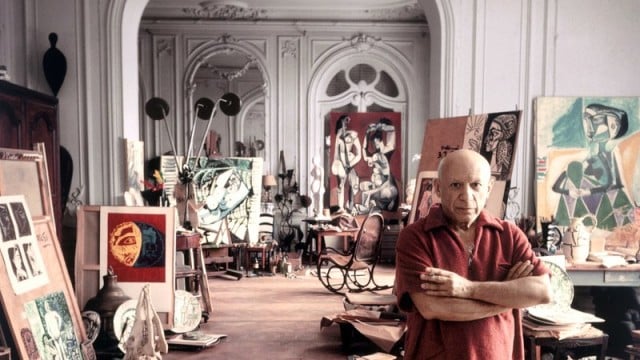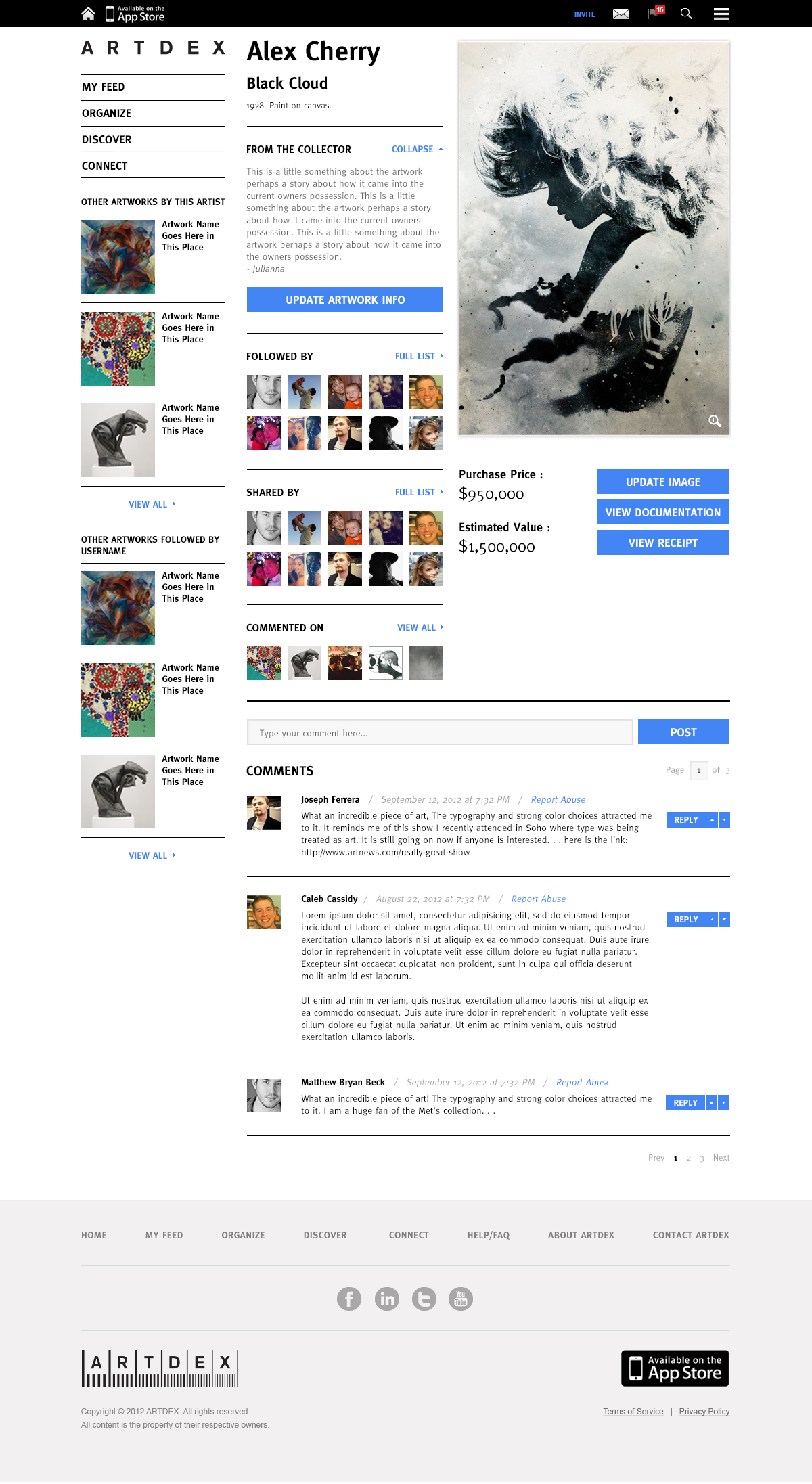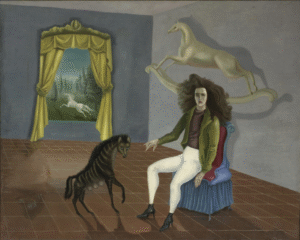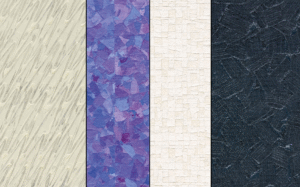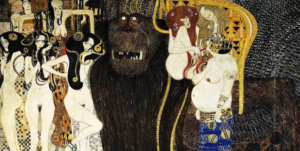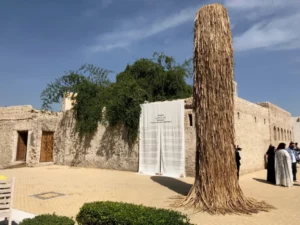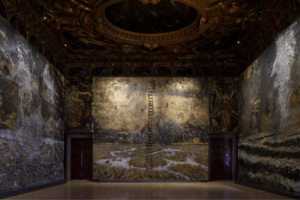Artists aren’t typically known for being well-organized—being scattered and disheveled has almost become part of the cultural identity of an artist. However, art organization is crucial if you don’t want to lose track of the pieces you create or own. Of course, organizing your collection can feel like a daunting task; it’s tough to know how to even get started. It’s also a lot more fun to collect and create art than it is to organize art.
Fun or not, art organization is an important part of caring for your collection. That’s the bad news. The good news is that you no longer have to keep your records by hand. Organizing your art is much easier online than on paper and there are several options for digital art organization software. You can just input a few key pieces of information about each piece and the software does the rest.
When you’re getting ready to organize your art, these are the 7 pieces of information you need to know about every piece:
1. Artist
For every piece, you should keep a record of the artist. It may seem silly when it’s an artist whose style you know well, but it’s always better to have the artist’s name written down than to trust it to memory. As your collection grows, the names of the artists may slip your mind. Alternately, you may give certain works to friends or family members. They may not be as familiar with the artist and will need a record of who created that piece.
2. Date
Every time you create or obtain a new piece, write down the date it was created. If you don’t know the exact date of creation, mark down the date you acquired it. This information is valuable in a couple of ways. First, the date may be relevant to the monetary value of the piece if you ever want to sell it. Second, knowing the dates of each piece in your collection or body of work can be meaningful to you as the artist or owner, helping you keep track of the timeline of your creations or collections.
3. Materials (Medium)
When you buy or create a new piece, write down the materials used in it. Like the artist’s name and date of creation, this information may serve you well down the road. You may need to know the material used in the work in order to preserve and protect it. You may also need to know the material if you ever want to sell the piece.
4. Title
Artists title their works for a reason. The title is an integral part of each piece, giving the viewer a hint of how the artist wants the work to be understood. By keeping a record of the title, you preserve a crucial element of the art itself.
5. Location
Now you know all of the information about the provenance of the piece, but that’s not quite all you need. You’ll also want to keep a record of where the piece is. Whether you’re an artist or a collector, make a note of where each piece is in your home, studio, or office. This is especially important for the pieces that are in storage rather than on the walls. You’ll have a complete record of all the pieces in your collection and a way to easily locate them.
6. Photo
Take a picture of every piece of art you create or acquire. A photo record can make it much easier to identify each piece and will make your digital records complete. Using ARTDEX, that photo allows other people to enjoy your collection and connect with you over the art that you love.
7. Certificate Of Authenticity
Not every piece of art comes with a certificate of authenticity, but you’ll want to keep track of those that do. This affects the value of the piece and may also include other important information about the work, such as a series and edition number. You may want to take a photo or keep a digital record of the certificate, but you should also keep the physical copy.
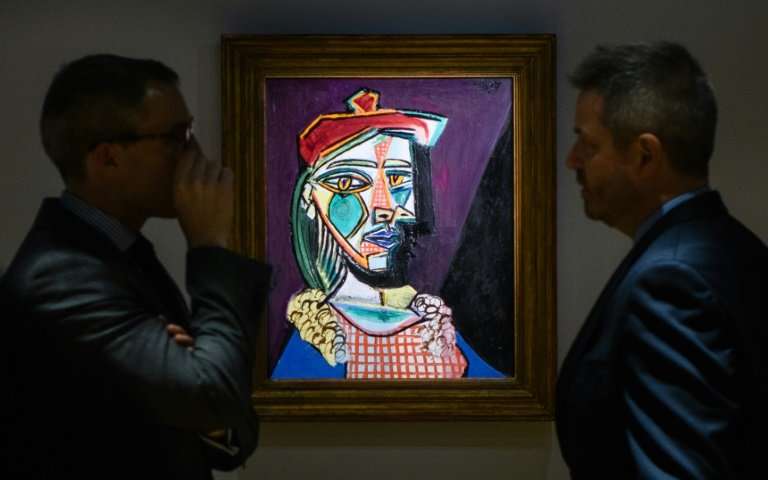
Finding The Right Art Organization Software
Once you’ve decided to get your collection organized, one of the first things you’ll need to do is choose your software. That can be a little overwhelming–many collection management programs cost up to $5,000. Unless you’re a top collector or artist, that’s out of your price range for managing your personal collection. Many artists, students, and collectors have taken to digital platforms like Facebook, Etsy, and Pinterest to organize their collections, but none of those programs was designed with fine art in mind. Some folks even use a good old-fashioned spreadsheet, but that’s a difficult way to manage and sort images.
That’s why we created ARTDEX. ARTDEX is specifically designed to help you manage your art collection and interests, whether you’re a student, an artist, an art collector, a gallery owner, or an art fan. You can store all of the relevant information about each work in your collection or on your wishlist in one place. Better yet, ARTDEX functions like a social network to help you connect to other people in the art community who love the same things you do.
You love the art you create and collect. Organizing your artwork can help you enjoy your collection even more. With ARTDEX, you can also share your collection with others who have similar interests and check out their pieces, too. You use Instagram to collect your photos, Twitter to collect your thoughts, Facebook to collect your relationships, and now you can use ARTDEX to collect your art.

